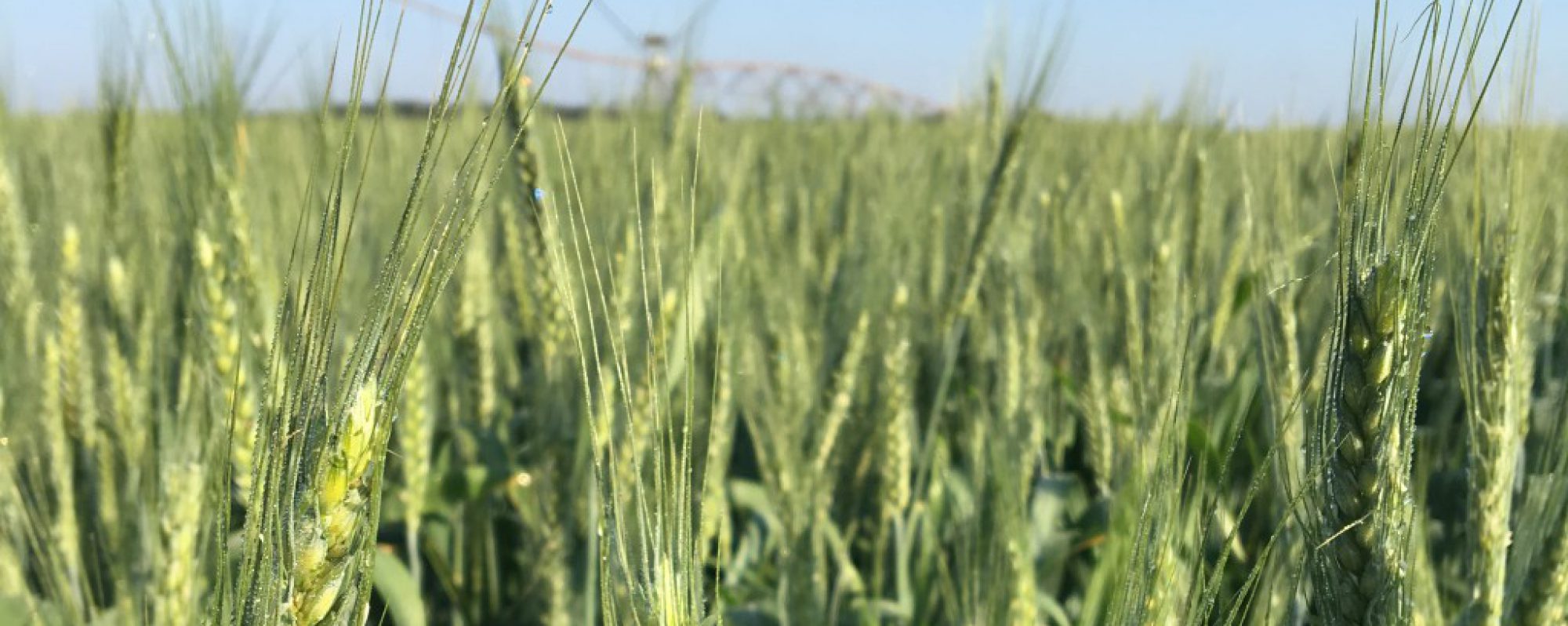From an insect pest perspective, May is usually all about thrips. Here are some things to know:
- Thrips abundance and movement are affected by weather. A model developed at NC State
University can be used to view predicted thrips infestation in your area.
https://products.climate.ncsu.edu/ag/cottontip/ - An in-furrow insecticide application is recommended by UGA for thrips management in peanut.
The options are: phorate (Thimet), aldicarb (AgLogic), and imidacloprid (Admire Pro and others).
a. Acephate (Orthene) is NOT LABELED as an in-furrow liquid application in GA peanut.
b. Phorate is the only insecticide known to reduce the risk of Tomato spotted wilt virus. - Velum and Velum Total are NOT the same. Velum does not contain imidacloprid and will NOT
control thrips. - Peanut can and will quickly grow out of severe thrips injury when conditions are favorable
(warm with adequate soil moisture). Visible thrips injury is usually the worst between 28 and 35
days after planting. - Thrips transmit tomato spotted wilt virus. The only way a peanut plant can get the virus is from
thrips feeding on it. Everything that can be done to lessen the incidence of TSWV is done before
the row closes; once the seed is buried, there is nothing more to do.
If May is hot and dry we can expect to see some lesser cornstalk borers by the end of the month. They
seem to appear first in Southwest GA, but no area of the state is immune. Check out this video for tips
on scouting for LCB early in the season. https://www.youtube.com/watch?v=EAtivdqATV0
It hasn’t happened much in recent years, but we can get high numbers of tobacco budworm in seedling
peanut. As long as fields are being scouted, we should not have a problem. Infestations that are allowed
to continue in non-scouted fields will result in severe defoliation.
